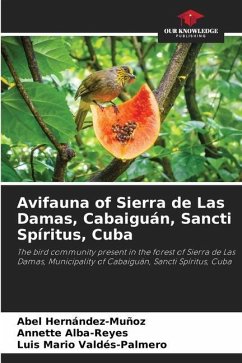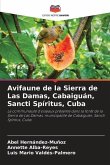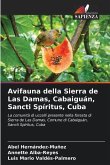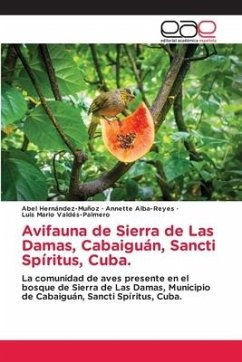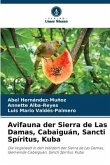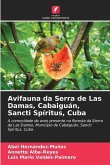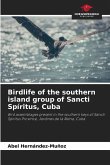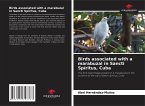The composition and structure of the bird assemblage present in the Sierra Las Damas forest was determined using the standardized method of sampling by census itinerary with transect bands. The bird community found in the study area consists of 52 species, 44 genera, 26 families and 13 orders of the class Aves. Of the total, nine are endemic, 18 are winter migrants, five are summer migrants and 39 breed in Cuba. Of these, 49 are common and three are rare. Regarding the trophic guilds, granivorous species predominate. The numerically dominant species were Tomeguin de la Tierra and Bien-te-veo, which show postbreeding explosions during the rainy season. The ornithocenosis associated with the Sierra Las Damas forest is stable and interesting, reaching high values for the ecological indices.
Bitte wählen Sie Ihr Anliegen aus.
Rechnungen
Retourenschein anfordern
Bestellstatus
Storno

